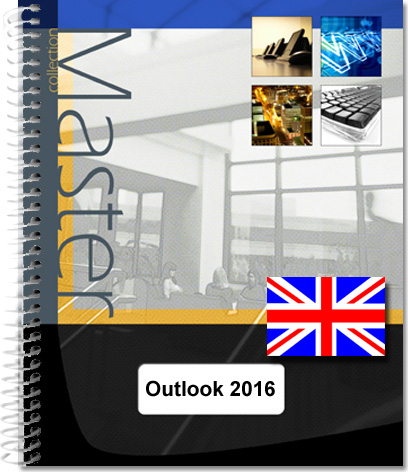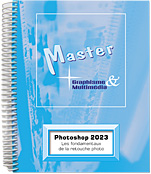Outlook 2016 (E/E) :Text in English with the English version of the software
This practical guide provides a detailed presentation of all the possibilities of the e-mail application Microsoft® Outlook 2016. It is aimed at anyone wanting to discover this application or to find out more. After an introduction to the environment, including the ribbon and the File tab, you will learn to send messages in different formats, some of which are based on a template; you will also find out how to resend a message, recall one sent by mistake and mark messages for follow-up. You...
- Niveau Initié à Confirmé
- Nombre de pages 266 pages
- Parution novembre 2016
- Niveau Initié à Confirmé
- Parution octobre 2017
This practical guide provides a detailed presentation of all the possibilities of the e-mail application Microsoft® Outlook 2016. It is aimed at anyone wanting to discover this application or to find out more. After an introduction to the environment, including the ribbon and the File tab, you will learn to send messages in different formats, some of which are based on a template; you will also find out how to resend a message, recall one sent by mistake and mark messages for follow-up. You will see how to reply to messages, forward them and manage any attachments. To complete the section on e-mail, you will learn how to add a signature, and to insert files as well as calendars etc...
The next section looks at the settings to define for your e-mail: choosing the message format, creating signatures, leaving an out-of-office response, defining conditional formatting for messages (for example, you might want to display in red all messages which have Budget as their subject), managing junk mail and automating repetitive tasks with Quick Steps (for example, transferring certain messages automatically to your superior). You will also see how to manage your RSS feeds with Outlook.
The third section deals with the Calendar. You will learn to use it to manage appointments and events, send and reply to meeting invitations, publish and share your Calendars as well as creating Calendar groups... Outlook can also be used for managing contacts, defining tasks and creating notes. You will see how to manage all the elements involved in Outlook: selecting them, finding them, sorting and filtering them, organising them into groups and categories... A chapter is dedicated to archiving messages and creating outlook data files (.pst).
The final chapter looks at the configuration of your e-mail software: how to change views and create new ones, manage shortcut groups and folders, add e-mail accounts and customise the ribbon.
The next section looks at the settings to define for your e-mail: choosing the message format, creating signatures, leaving an out-of-office response, defining conditional formatting for messages (for example, you might want to display in red all messages which have Budget as their subject), managing junk mail and automating repetitive tasks with Quick Steps (for example, transferring certain messages automatically to your superior). You will also see how to manage your RSS feeds with Outlook.
The third section deals with the Calendar. You will learn to use it to manage appointments and events, send and reply to meeting invitations, publish and share your Calendars as well as creating Calendar groups... Outlook can also be used for managing contacts, defining tasks and creating notes. You will see how to manage all the elements involved in Outlook: selecting them, finding them, sorting and filtering them, organising them into groups and categories... A chapter is dedicated to archiving messages and creating outlook data files (.pst).
The final chapter looks at the configuration of your e-mail software: how to change views and create new ones, manage shortcut groups and folders, add e-mail accounts and customise the ribbon.
 Editions ENI Livres | Vidéos | e-Formations
Editions ENI Livres | Vidéos | e-Formations











































































































































